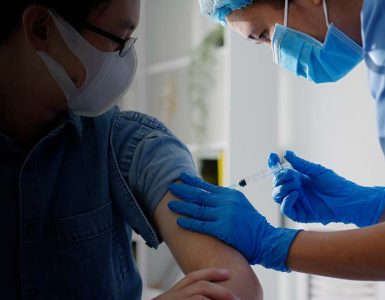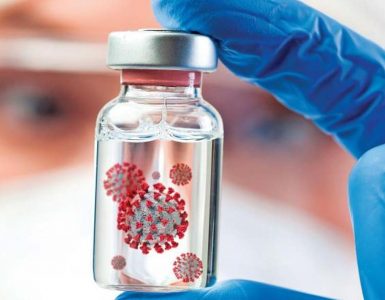An analysis by a group of US medical researchers on more than 350 studies has found just over 35 percent of all COVID-19 infections don’t proceed to the asymptomatic phase. This means that the range of asymptomatic cases increased from previously 4% to now 81%. And surprisingly 20% of the infections might now even show any sign.
To know the true picture of the spread of disease, it is important to distinguish symptomatic cases from asymptomatic ones. Which is hard, therefore, the precise figures are yet to be calculated. As the symptoms of different variants of covid-19 vary, so does its identification. If there is no complaint of fever, loss of smell, sore throat, coughs the person will not bother to rest, thus put the people around, at risk of acquiring infection.
An easy way to get the near actual picture of the spread of disease is to do a cross-sectional survey, by sampling the population randomly, regardless of their apparent health condition, to detect the presence of the virus. But the person whose sample will be taken before the appearance of symptom will be considered ‘asymptomatic’ which isn’t true. Also, the symptoms vary which makes it hard to define boundaries and identify cases.
Thus, the calculations made so far by different scientists globally represent an under-appreciation of the true extent of asymptomatic cases. To address this problem, Pratha Sah, an Associate Research Scientist in Epidemiology of the Center for Infectious Disease Modeling and Analysis, Yale School of Public Health, and her team systematically conducted two separate meta-analyses of existing COVID-19 studies that reported on laboratory-confirmed infections.
In the first analysis, a significant follow-up period was included to clear out the chances of those who experience symptoms or disease later, and in the second analysis, those studies are included that distinguished silent infection at the time of testing, along with the follow-up analysis. The former showed that 3.5% of people with positive laboratory findings showed no consequences of infection, while the latter suggested the number of such cases to be 36.9%. Another interesting finding was that around 40% of the positive cases were well at the time of the test as they developed symptoms later. Her team estimates that 46.7% of infected children have no symptoms.
Dr. Sah said that “This is especially concerning because settings with close, extensive contact among large groups of younger individuals are particularly susceptible to super spreader events of COVID-19, which may go undetected”
Senior author Alison Galvani a Professor of Epidemiology also of the Yale School of Public Health noted that asymptomatic individuals can still pass the virus to others, which makes mask-wearing important as schools reopen.
The best resolve is to increase the number of vaccinated people, as they can limit the symptoms and prevents replication of the virus.

















Add comment